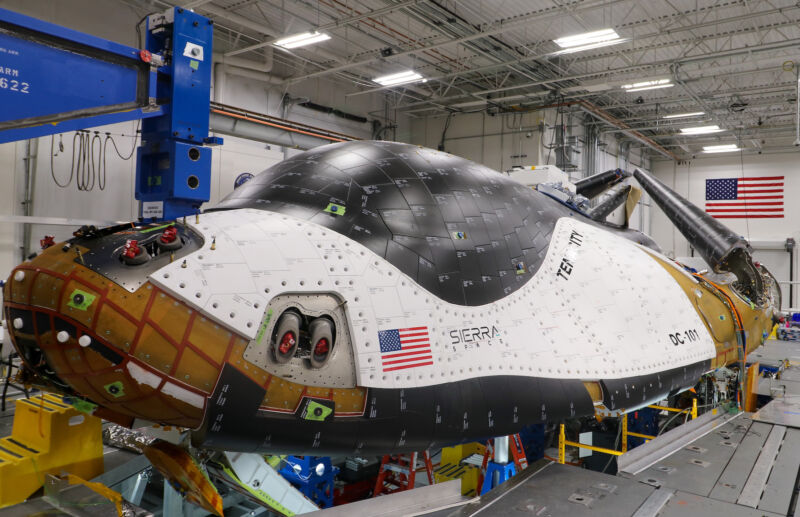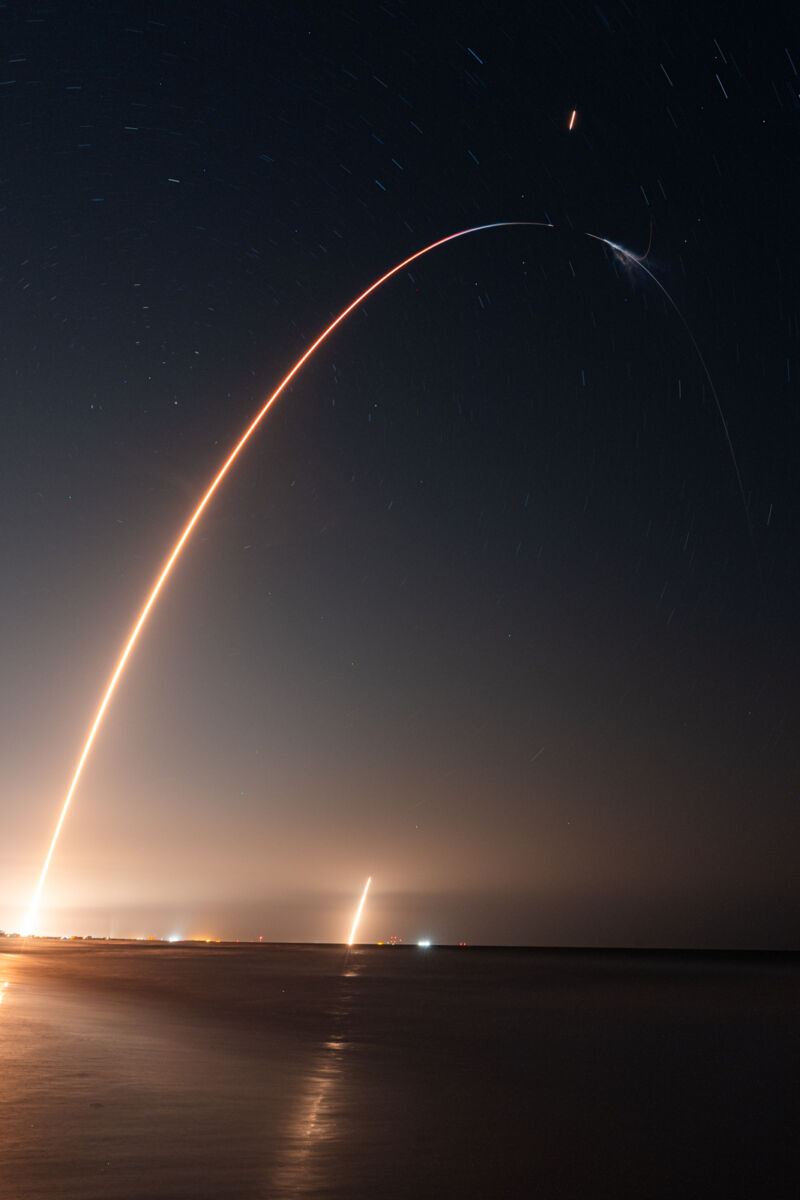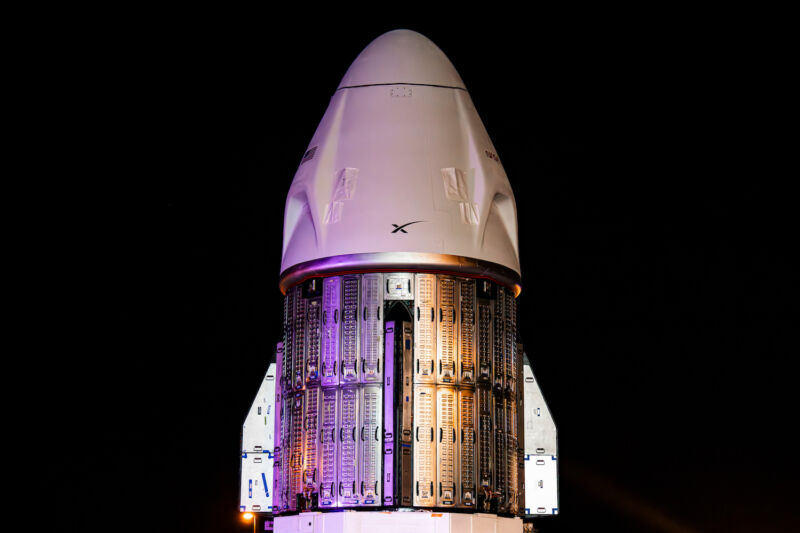-
chevron_right
Space race 2.0: why Europe is joining the new dash to the moon
news.movim.eu / TheGuardian · Sunday, 26 November - 13:00
The European Space Agency’s plan to build a cargo vessel that can convert to a crew ship is one giant step in its ambitions to compete with rival lunar exploration programmes
As space exploration announcements go, a recent speech at a European Space Agency (Esa) summit could hardly rival President John F Kennedy’s oration at Rice University in Houston, Texas, in 1962, when he emphatically announced: “We choose to go to the moon.” Those words set the US on the path to landing Neil Armstrong and Buzz Aldrin on the surface of the moon on 20 July 1969, effectively ending the space race with the Soviet Union.
However, when Esa’s director general, Josef Aschbacher, spoke to the press in November, after the Esa space summit in Seville, Spain, what his speech lacked in hyperbole was made up for by its importance to Europe’s space programme.
Continue reading...







